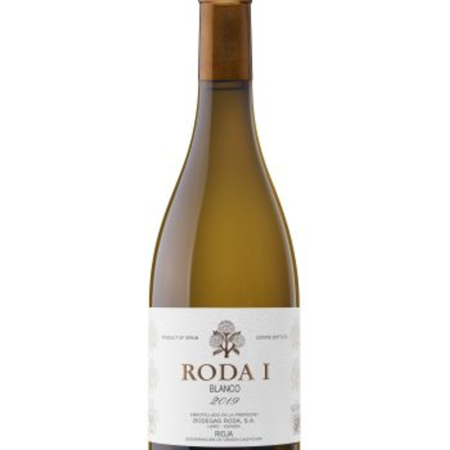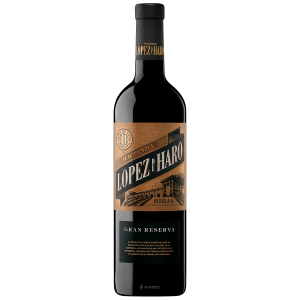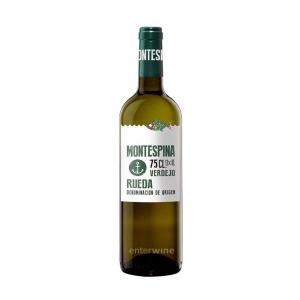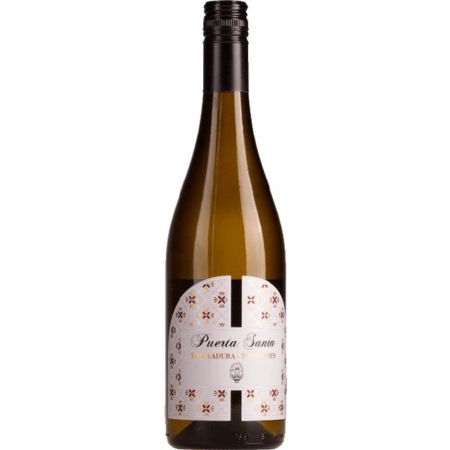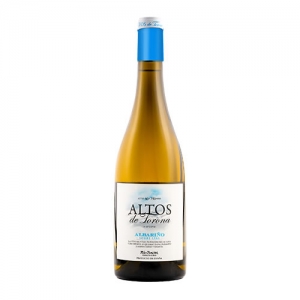Description
The orography of the Haro area is made up of small vineyard hills cultivated at all winds. The upper parts of the slopes, highly eroded by centuries of tillage, are very poor and do not adapt well to the Tempranillo variety. Formerly, these heads were used to plant white varieties, more vigorous and productive than Tempranillo. Small plots of vines planted in the most eroded soils. The soils are made up of alternating sedimentary rocks of sandstone and limestone marl, and on many occasions the sandstone is clearly visible. These Viuras live directly on the Tertiary soil. Along with them, other varieties were planted, such as Malvasía de Rioja, Garnacha Blanca and some that were destined for table consumption, such as Calagraño and Moscatel, which in this case are discarded. With a base of Viura and small proportions of Garnacha Blanca and Malvasía de Rioja, the must is macerated in French oak vats, and then fermented in the same vat and in bocoys, also made of French oak. It is in the latter that RODA I Blanco is aged for 18 months, to which are added another 18 in bottle before being in the market.
Fullness, volume and freshness define the concepts of this wine. The wood is perfectly integrated. The flavors of peach, quince and grapefruit, along with elderflower, leave the sensation of sweetness, bitterness and freshness at just the right level.
The mineral sensations return to the mouth with limestone as the axis. There is an elegant texture marked by subtle and delicious tannin. The aftertaste is very fresh, very long and oily in the center of the mouth, without being heavy. It is a wine that we are seeing grow in an incredible way.

